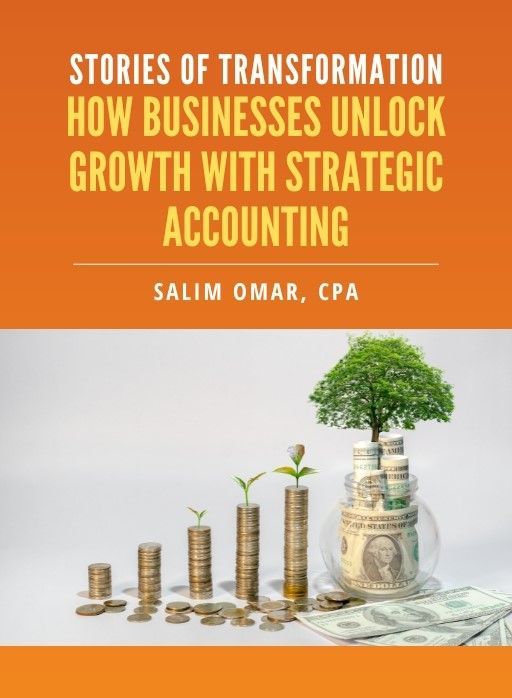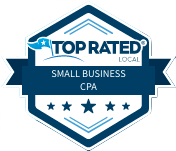Boost Your Retirement Savings and Cut Taxes Before December 31
The Year-End Financial Window for Savers
By December 31, the final days aren’t just about deadlines—they’re a rare chance to lock in tax advantages and accelerate retirement momentum before the slate resets. Think of each dollar directed to a 401(k), IRA, Roth IRA, or Health Savings Account (HSA) as doing two jobs at once: compounding long-term while trimming this year’s taxable income where eligible. For many households, that single choice improves both the current tax picture and future flexibility.
Plenty of people postpone contributions until it’s too late, which means missing employer matches, catch-up allowances, or deduction opportunities that won’t roll over. The most effective savers approach year-end like a brief strategy sprint, not a mad dash to “spend down.” The aim is simple: reduce avoidable taxes, preserve liquidity, and channel money into accounts that align with next year’s priorities.
A deliberate approach helps. Identify which accounts offer the best marginal benefit for you at present, confirm deduction and matching rules, and adjust contributions to align with your actual cash flow so the plan can withstand holiday spending and January bills.
Frame Your Year-End Contribution Strategy
Before the calendar flips, decide where each marginal dollar should go. Account rules differ, and timing matters more than it seems.
Maximize employer-sponsored plans:
- Push as close to your 401(k) or 403(b) limit as your budget reasonably allows.
- Capture the full employer match—an unclaimed match is compensation you permanently forfeit.
IRA and Roth IRA optimization:
- Choose between a pre-tax and Roth option based on your current tax bracket versus your expected tax bracket in retirement.
- If the math favors tax-free growth later, evaluate a Roth conversion when your current rate is comparatively low.
Catch-up contributions:
If you’re 50 or older, use catch-up allowances to accelerate savings without changing your core lifestyle.
- Treat catch-ups as priority slots for high-ROI dollars that are easy to underutilize.
HSA contributions:
- If eligible, fund the HSA to tap the triple benefit: deductible contributions, tax-free growth, and tax-free qualified withdrawals.
- Consider paying some current medical costs out of pocket to let HSA balances grow for future, potentially larger expenses.
Outcome:
Dollars deployed now can reduce this year’s taxes while strengthening retirement accounts positioned for compounding.
From Savings to Tax Efficiency
Year-end contributions ripple through your tax return and your long-term plan.
- Reduce current taxable income: Pre-tax contributions lower this year’s taxable base where applicable, which may also improve eligibility for certain credits or deductions.
- Boost compounding: Earlier contributions enjoy more periods in the market; that extra time matters over a multi-decade horizon.
- Match cash flow: Avoid one-time, last-minute deposits that strain liquidity; instead, ramp with a short cadence (weekly or biweekly) through December.
The throughline is intent:
you’re not reacting to the calendar—you’re using it to align tax efficiency, savings rate, and next year’s goals.
Tracking and Monitoring Progress
A simple contribution “dashboard” reduces errors and end-of-year stress.
- Contribution status: Check year-to-date totals against IRS limits so last transfers are precise, not guesses.
- Catch-up eligibility: Confirm age-based allowances are enabled in payroll or custodial settings.
- Employer match: Verify true-up policies to avoid missing match because of uneven contributions.
- Tax projection: Estimate your adjusted gross income with updated contributions to validate the expected tax impact.
Outcome:
Clear visibility lets you make surgical adjustments in the final weeks without scrambling.
Governance and Controls
Small oversights can undercut tax benefits; basic controls keep you compliant and confident.
- Automatic tracking: Use payroll portals and custodians’ limit alerts to prevent overruns or shortfalls.
- Documentation: Save year-end statements for 401(k), IRA, Roth IRA, HSA, and any employer plan confirmations.
- Deadlines: Note cutoffs for payroll deferrals versus IRA/HSA timing; don’t assume all accounts share the same date.
- CPA coordination: A brief check-in can align contributions, credits, and any planned conversions.
Outcome:
You reduce rework, avoid penalties, and preserve clean records for filing.
Act Now vs. Plan for Later
High-impact moves before December 31:
- Max out 401(k), 403(b), and IRA contributions within your budget and eligibility.
- Fully fund the HSA if you qualify to capture the triple tax advantage.
- Confirm the employer match is fully captured after year-end true-up.
- Execute catch-up contributions if age-eligible.
Actions to stage for next year:
- Rebalance investments to your target allocation once contributions settle.
- Schedule Roth conversion modeling alongside next year’s tax plan.
- Coordinate with charitable giving, QCDs (if eligible), or tax-loss harvesting where appropriate.
Outcome: Immediate steps lock in this year’s tax efficiency; staged moves compound advantages into next year.
Bottom Line
December 31 is a leverage point, not just a date. Intentional year-end contributions can raise your savings rate, lower taxes were allowed and position your portfolio for a smoother start in January. With a clear plan, your dollars work harder, your liquidity stays intact, and your targets for the year ahead become easier to hit. Strategy—not urgency—turns deadlines into durable gains for retirement and beyond.
Free eBook:
Stories of Transformation


Salim is a straight-talking CPA with 30+ years of entrepreneurial and accounting experience. His professional background includes experience as a former Chief Financial Officer and, for the last twenty-five years, as a serial 7-Figure entrepreneur.





